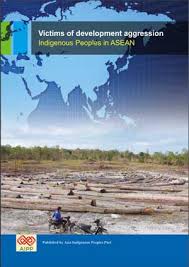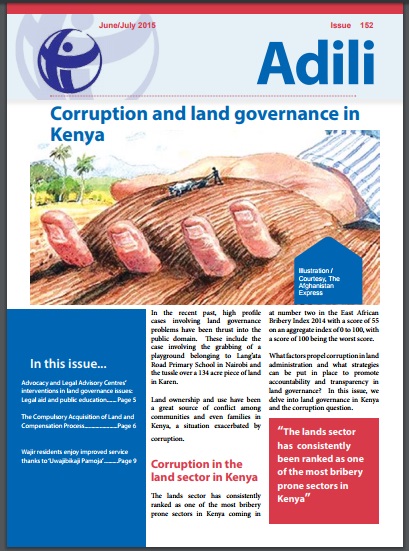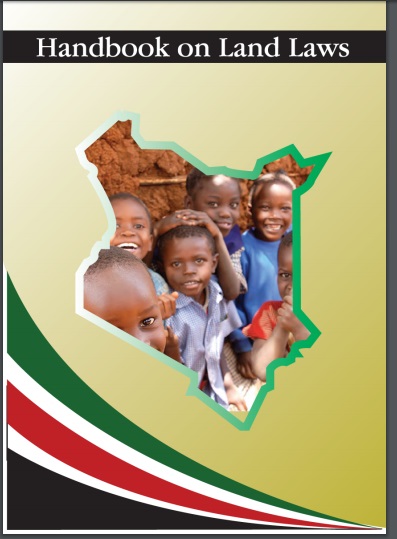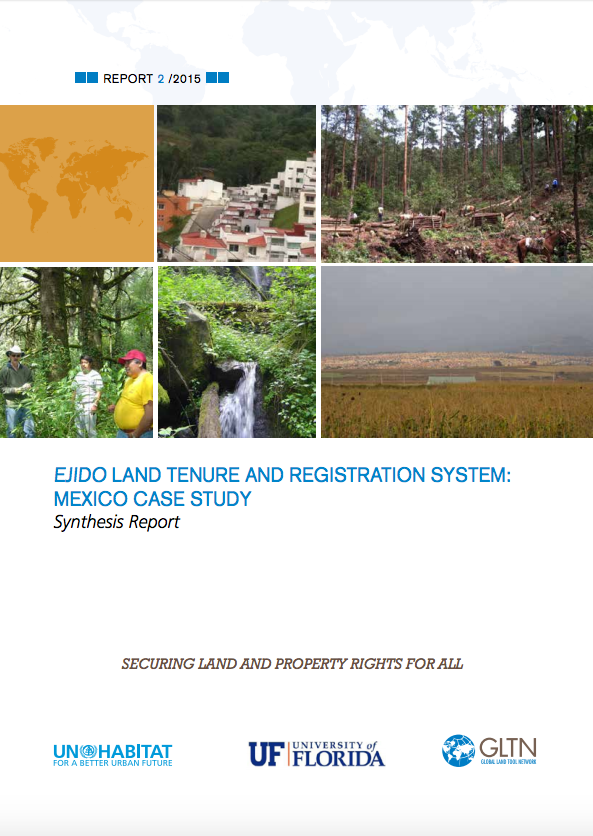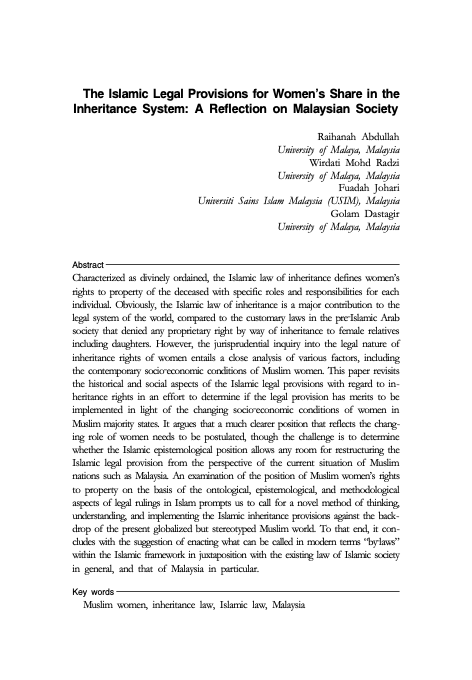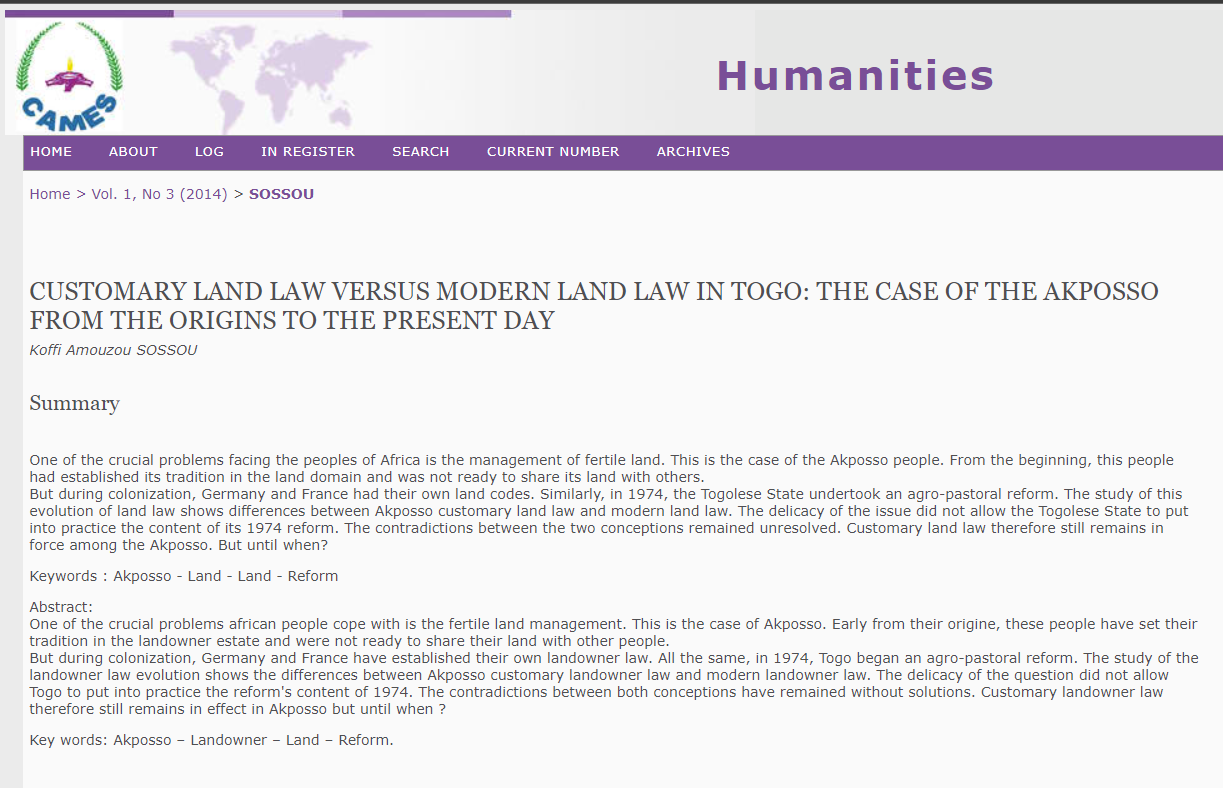Victims of development aggression
Two-thirds of the approximate 370 million self-identified indigenous peoples are found in Asia, enriching the region’s enormous cultural and linguistic diversity. They have strong cultural attachment to the land, forests and waters and their livelihood depends on the natural resources therein. They have their own distinct languages, cultures, customary laws and social and political institutions that are very different from those of the dominant ethno-linguistic groups in their countries.

